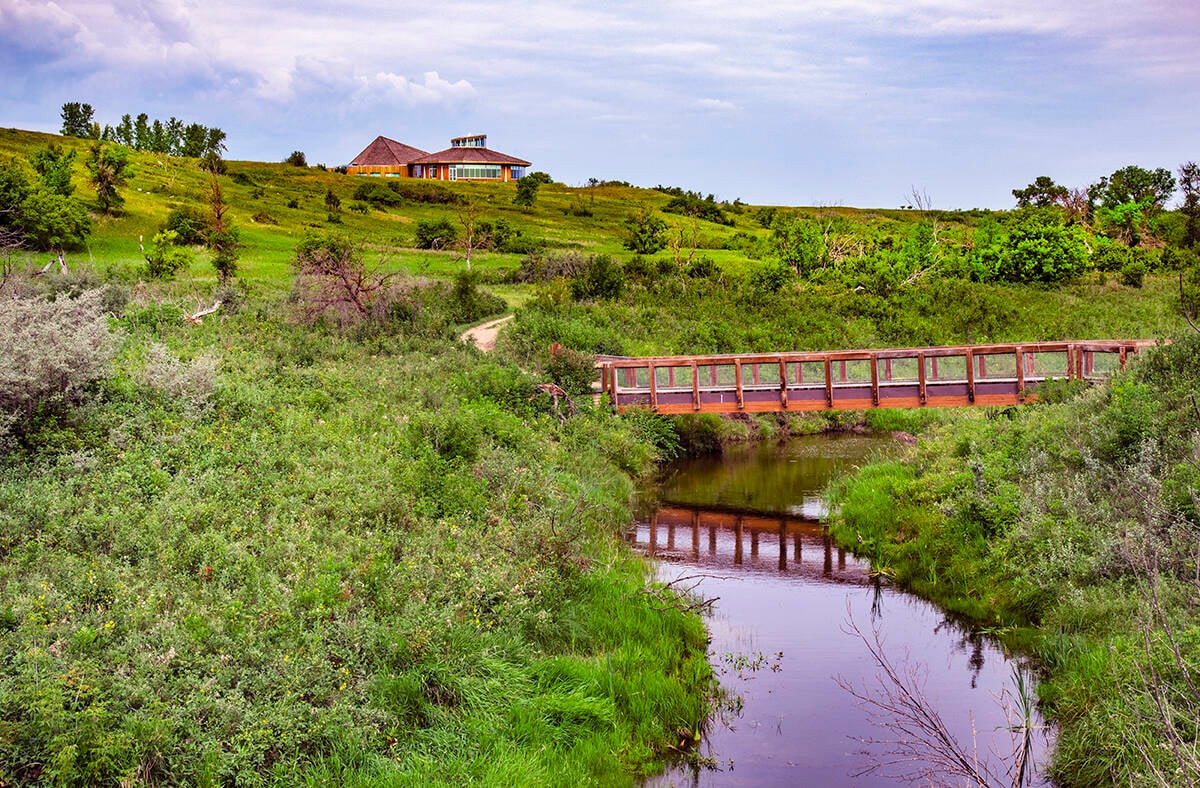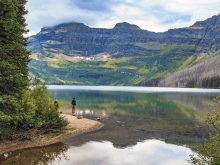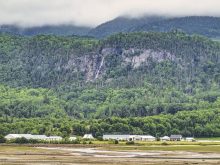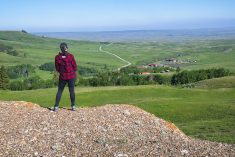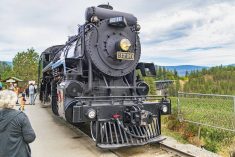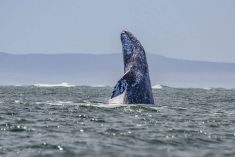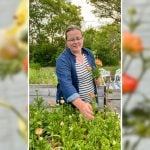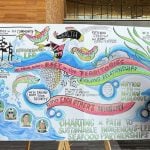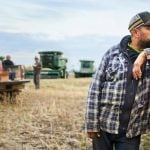Anyone who thinks that Western Canada doesn’t have a long history should visit Wanuskewin Heritage Park near Saskatoon.
Folks have been using this place for more than 6,000 years, well before the Egyptian pyramids were built.
The rich archaeological record that documents such extensive use is supporting its recognition as a UNESCO World Heritage Site, something that the United Nations Educational, Scientific, and Cultural Organization deems to be of outstanding value to humanity.
Read Also
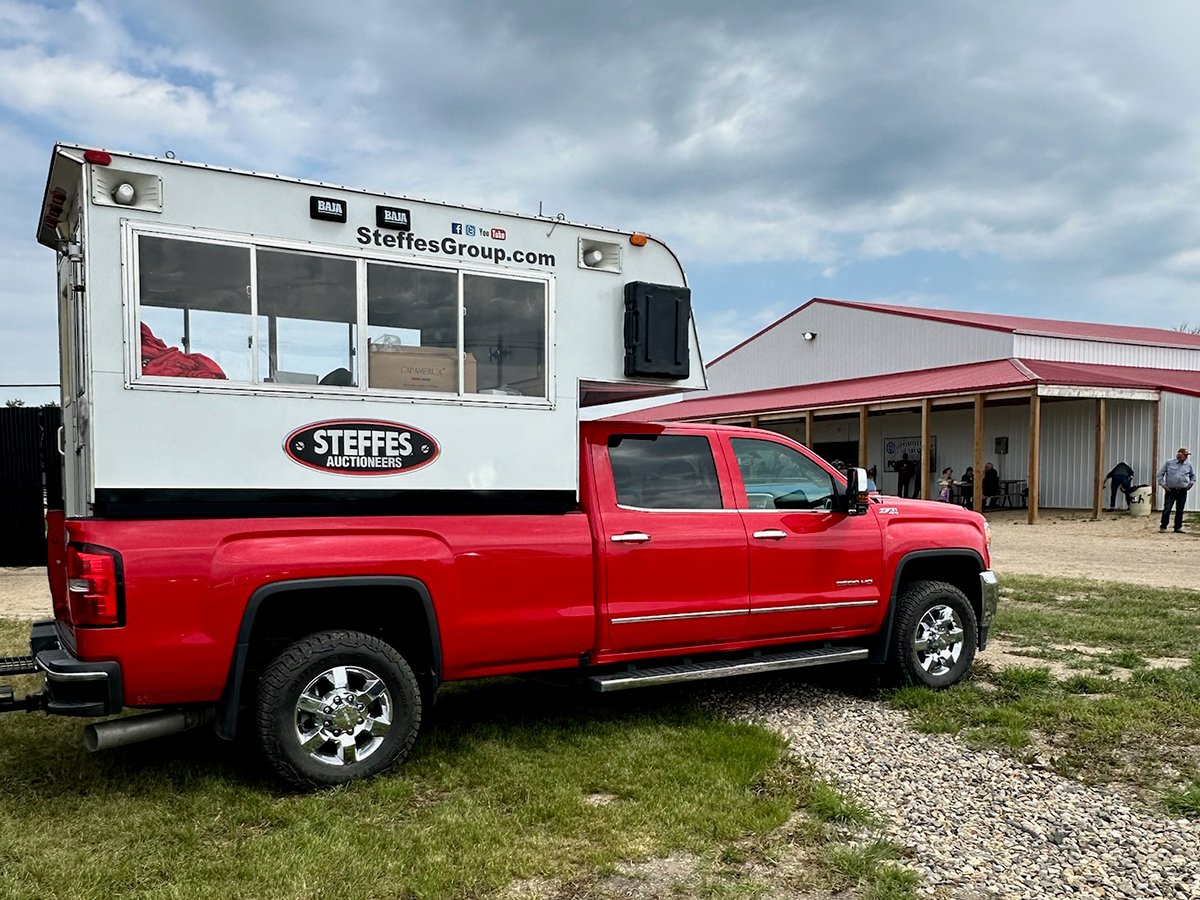
Farm auctions evolve with the times
Times have changed. The number of live, on-farm auctions is seeing a drastic decline in recent years. Today’s younger farmers may actually never experience going to one.
Before the early 1980s, the land where Opimihaw Creek meets the South Saskatchewan River was a small cattle ranch owned by Michael Vitkowski.
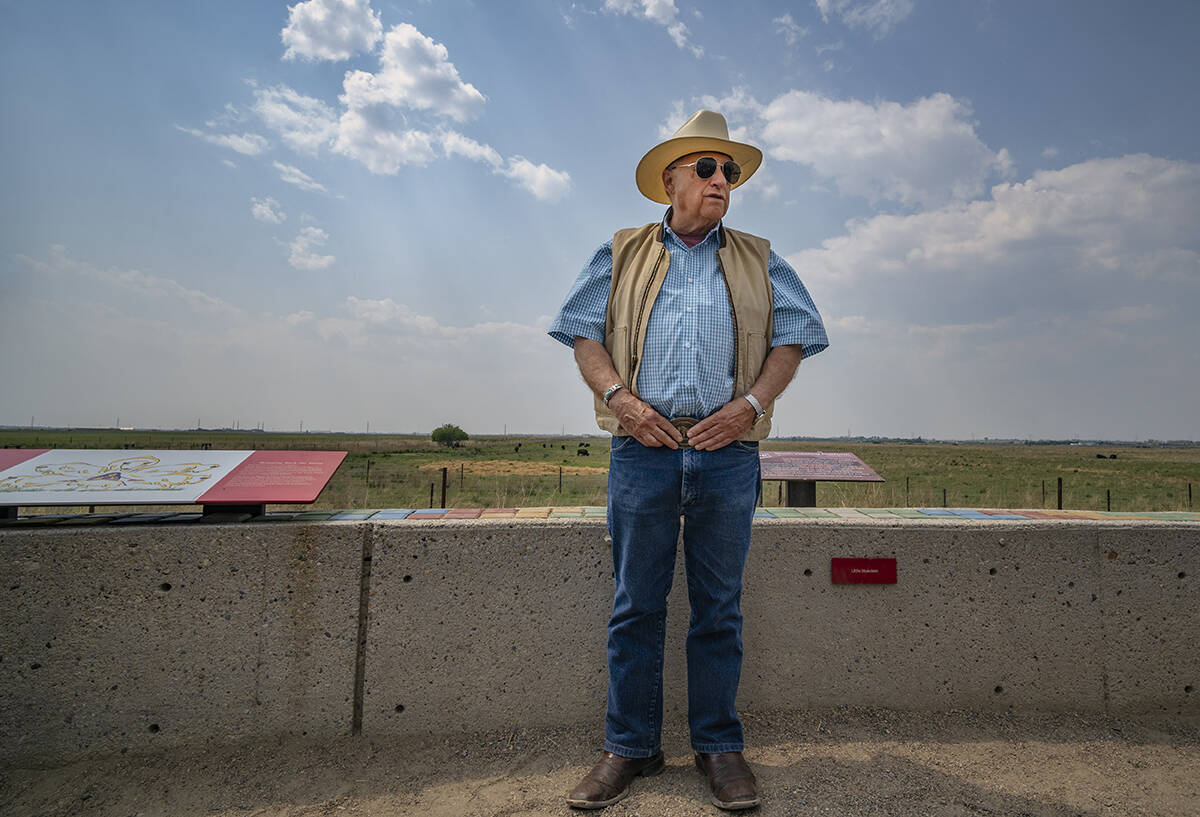
Aware that the land had historic significance, Vitkowski became friends with University of Saskatchewan archaeologist Ernie Walker, who investigated further. It eventually became the longest-running archaeological dig in Canada.
Walker later became one of the founders of Wanuskewin, in association with Saskatchewan First Nations and other partners.
The purpose of the heritage park is to advance the understanding of the evolving cultures of northern Plains Indigenous peoples.
Central to the site were bison jumps where early people would hunt by devising drive lanes to funnel the running bison over the edge of the cliff on the creek bank. Sculptures at the entrance to the visitor centre represent such a drive lane.
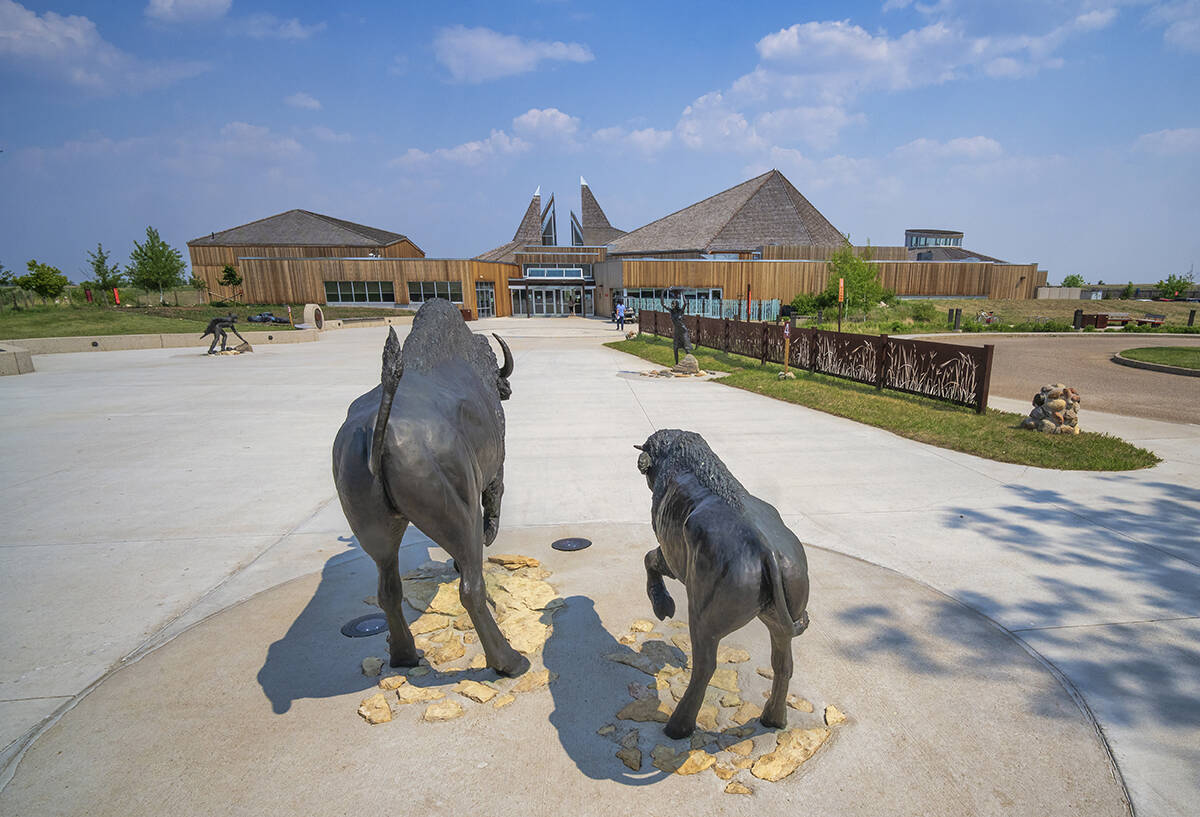
Remarkably, people kept coming back here over many centuries, not only to hunt but also for shelter, gathering plants and conducting ceremonies. The archaeological evidence represents all time periods and all cultural groups in northern Plains pre-contact history.
As Walker put it, “it was like a magnet drawing people in.”
In 2019, the bison returned to Wanuskewin. The project started with a few genetically pure animals that at one time would have roamed this area.
The herd has since grown to 56, with 13 calves born in 2025. This is considered the most important development at the park because bison were always central to the northern Plains world.
The UNESCO bid has been a long, complex process.
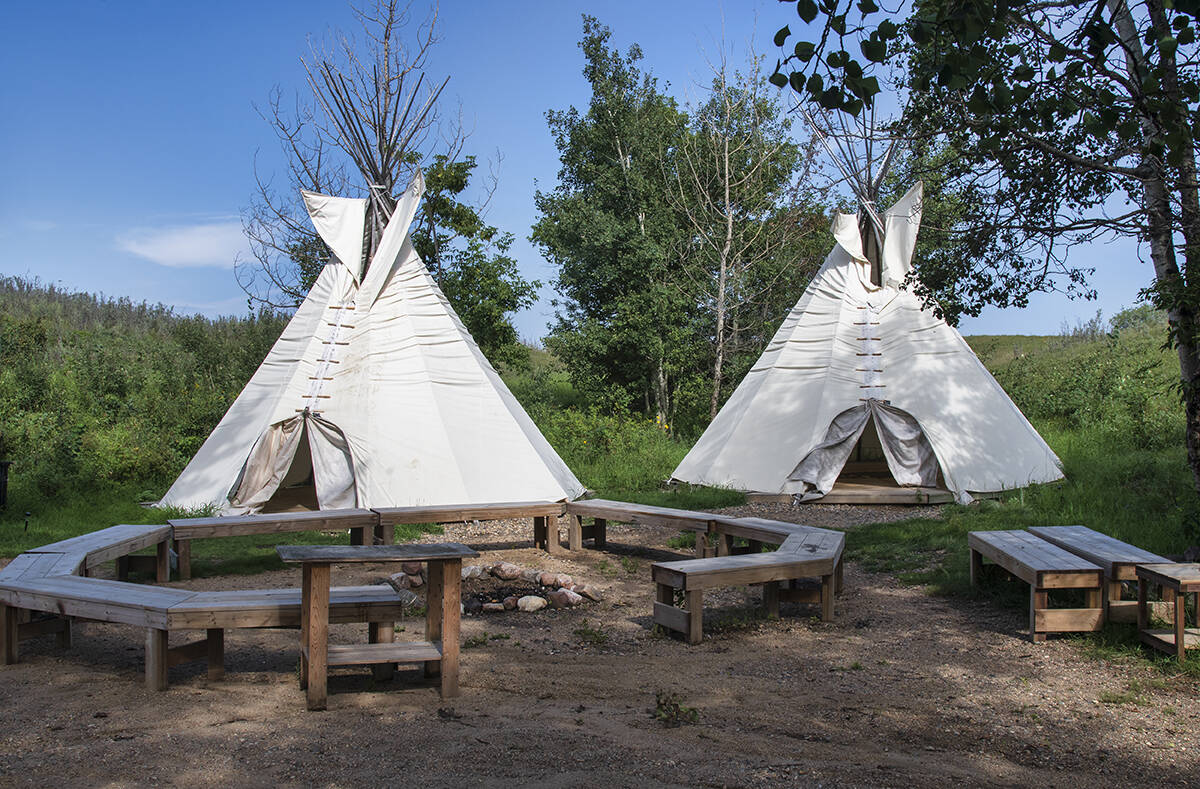
Wanuskewin made the UNESCO Tentative List in 2017, and challenges have arisen along the way. The people who lived here were nomadic hunter-gatherers, and the evidence they left behind, while extensive, was mostly simple objects associated with bison hunting and day-to-day life, such as tipi rings.
“They didn’t build pyramids, they didn’t build great walls or cathedrals,” said Walker.
“This has caused us a little bit of a problem with UNESCO because they like pyramids, cathedrals and great walls.”
One significant feature on the site is a medicine wheel, a mound with an outer circle of stones, believed to have ceremonial importance. This is the most northerly one documented throughout the Great Plains. While difficult to date, estimates put it at around 1,500 years old.
Walker attributes some of the most compelling recent discoveries to the bison.
“I looked at my boots, and there was a boulder partly protruding through the ground that they had uncovered just by pawing,” he recalled.
“I saw some lines over the top of it, and I thought old implement damage. That old rancher must have hit this with some equipment. No, it’s something called a ribstone. It’s to mimic the ribs of an animal, and it has a horn spirit figure running down through the middle.”
That boulder is displayed in the visitor centre.
Further investigation turned up three more petroglyphs, ancient images carved into the rock surface. They likely would never have been found without the bison, Walker says.
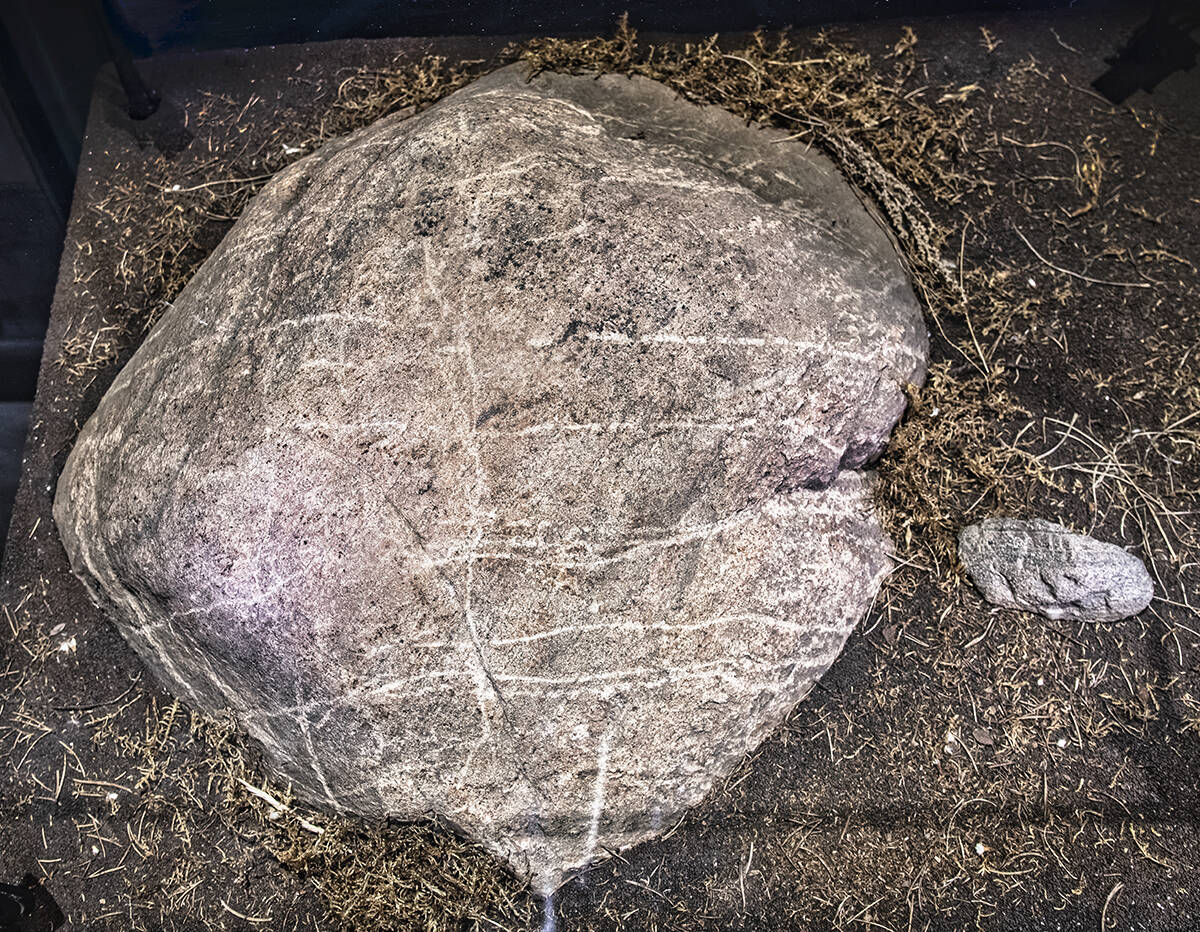
The visitor centre tells more of the Wanuskewin story through exhibits, artwork and special presentations focusing both on past and present-day Indigenous culture.
The dance demonstrations are usually visitors’ favourites. Performers don’t simply show their dance form, for example, but also explain the history and meaning behind each dance and their regalia.
The most compelling demonstration we have seen is the hoop dance performed by Lawrence Roy, a long-time entertainer at Wanuskewin, who uses humour as part of his commentary.
Hoop dancing was originally done using five hoops, but Roy has taken things to another level by using 30.
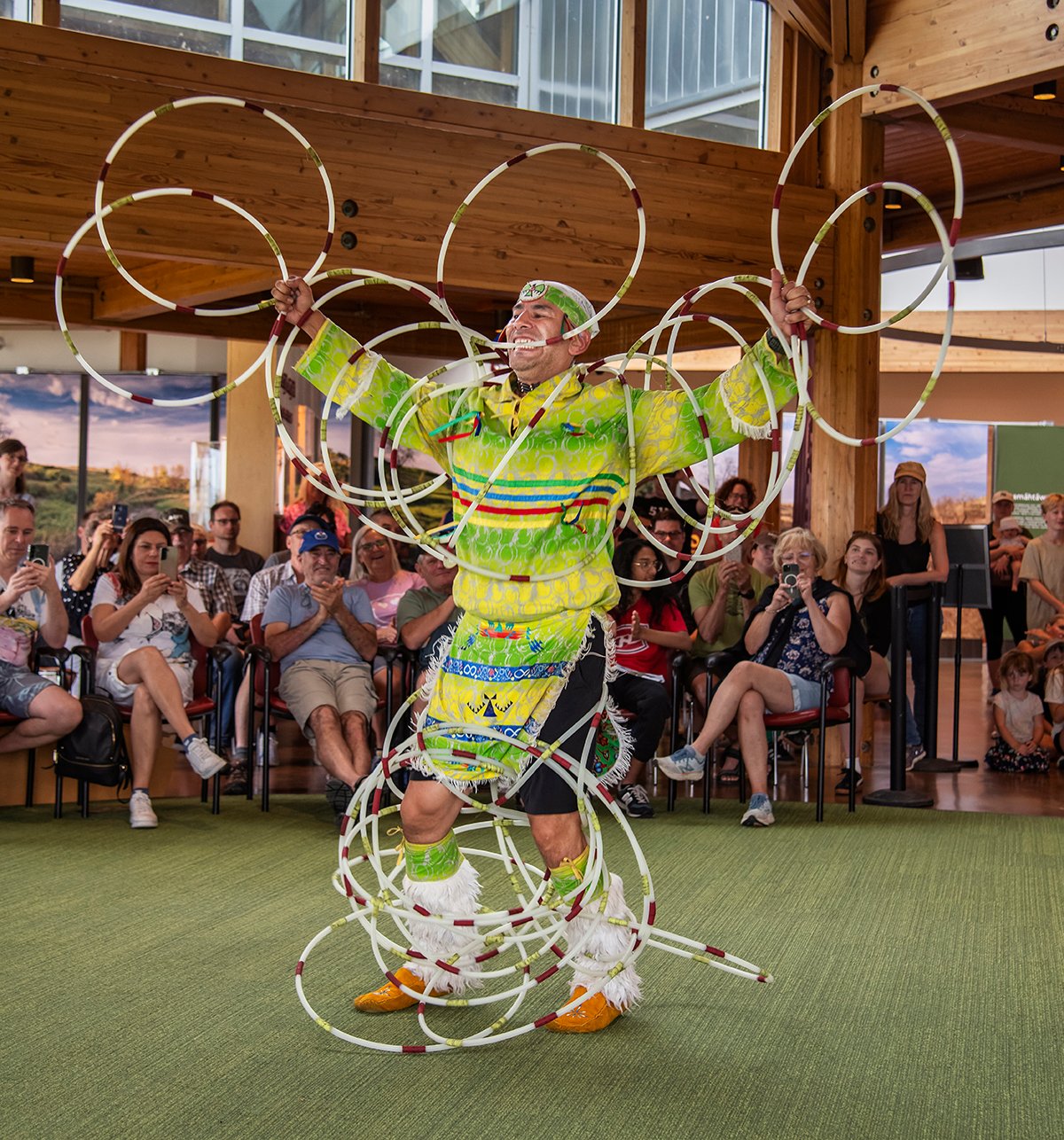
His moves seem as much acrobatics as dance as he deftly manipulates the 30 rings into different figures while constantly moving to the beat of the drum.
Six trails take visitors throughout the extensive grounds in and around Opimihaw Creek and the riverbank. The scenery is as impressive as the history as we follow the trails to tipi rings, the medicine wheel, a bison rubbing stone and the brink of a bison jump.
If the UNESCO bid succeeds, as those involved are confident that it will, enormous international attention will be focused on Wanuskewin.
Walker sees this as an epic Canadian story, how this tiny ranch evolved into a World Heritage Site that invites the world to come and see.


